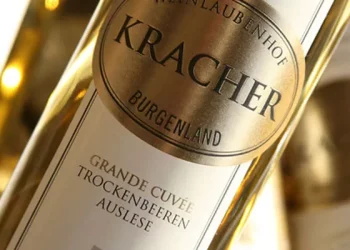Rose wine is becoming more and more popular.
What a pleasant way of life to open a bottle of cold rose wine on a hot summer day.
First, the brewing process of rose wine Bordeaux not only produces the world’s well-known high-quality red and white wine, rose wine production is also a lot.
According to statistics, the production of rose wine in Bordeaux has increased 12-fold in the past 20 years, and even some famous AOC regions are producing rose wine.
In Bordeaux, rose wines are most commonly produced by Saignee, which consists of a portion of grape juice released within a shorter period (typically 12-18 hours) of cold-soaking treatment, followed by fermentation similar to that occurring in white wines.
So the blood-letting process is actually a by-product of red wine production, which is designed to produce a more condensed red wine, while the grape juice is released to produce a lighter wine called rose.
In addition to bloodletting, rose wine has two other common brewing methods: first, cold immersion (mration).
At first, the same as bloodletting method, grape juice and grape skin, grape seed contact time is controlled in 24 hours or so, in order to extract the appropriate pigment and tannin, and then the grape juice and grape skin, grape seed and other separation, and then fermentation process;
Second, direct pressurage.
Whole bunches of grapes are pressed directly, then collected and pressed for juice to ferment.
Of course, the use of red and white wine blending is also one of the ways to produce rose wine.
Generally speaking, these wines are light red in color.












































